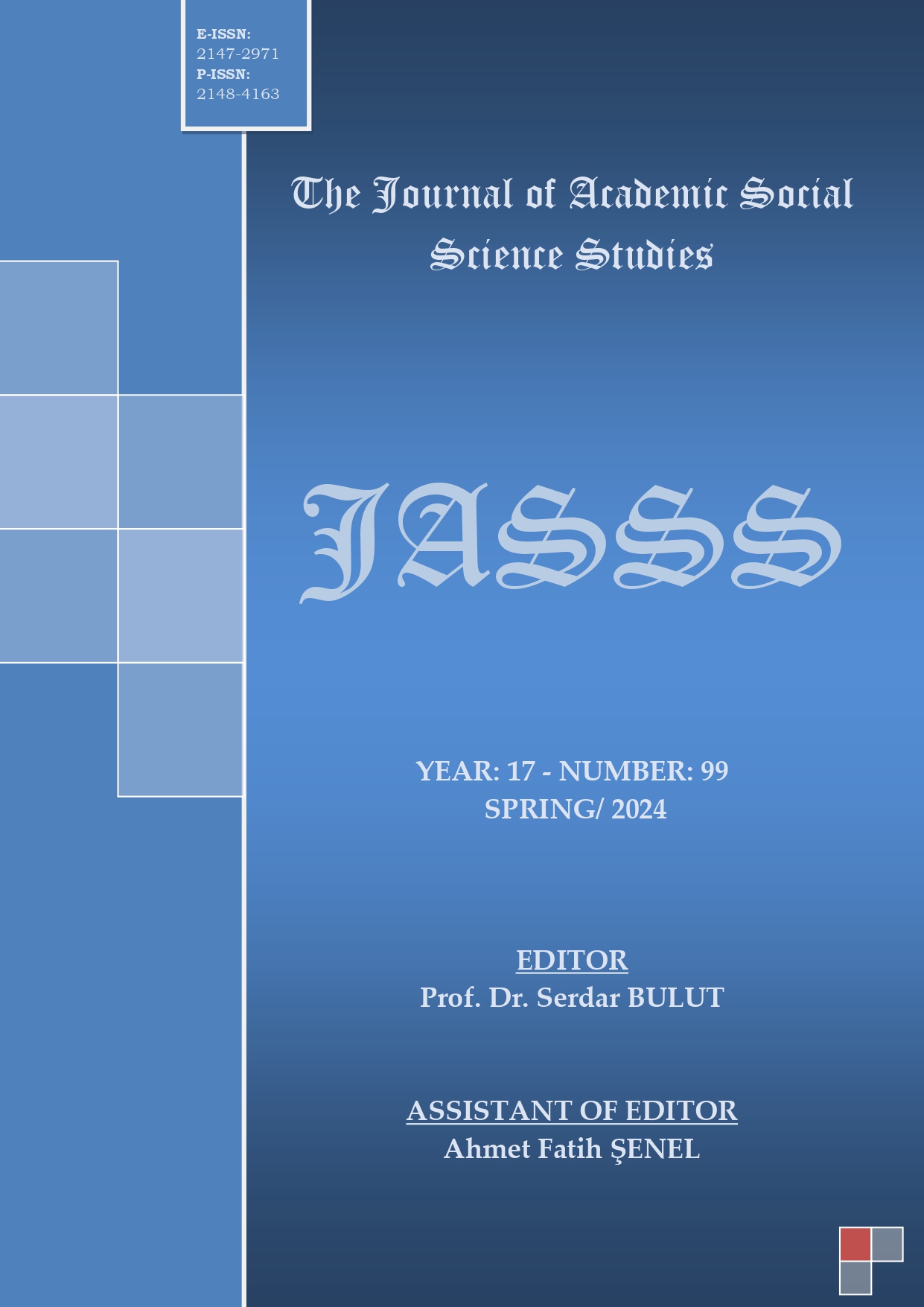İSTANBUL-BOĞAZİÇİ YERLEŞİMİNDE, CUMHURİYET SONRASI VE 20. YÜZYIL ORTALARINA AİT YENİ YAPILAŞMA ÖRNEKLERİ
Author :
Abstract
İstanbul, 1. Dünya Savaşı'nın ardından içine düştüğü zorlu dönemle birlikte, Boğaziçi'ndeki renkli ve kozmopolit yaşamın sona erdiği bir süreç yaşamıştır. Boğaziçi'nde geleneksel mimari şemaya dayalı olarak inşa edilen sahilsaraylar ve yalıların yapımı, 20. yüzyılın ilk çeyreğinden itibaren adeta durma noktasına gelmiştir. Bu dönemde, Boğaziçi'nin sahilini süsleyen ve yüzyılın mimari zenginliğini yansıtan yapılar, yaşanan çeşitli etkenler sonucunda zarar görmüş, koruları ve bahçe düzenleriyle olan bağları kopmuştur. İstanbul'daki nüfusun azalması, Boğaziçi'nde meydana gelen yangınlar, devlet merkezinin ve elçiliklerin Ankara'ya taşınması, mübadele süreci ve Osmanlı hanedan üyelerinin İstanbul'dan ayrılması gibi faktörler, Boğaziçi'nin nüfusunu ve etnik yapısını önemli ölçüde etkilemiştir. Cumhuriyet Dönemi'nin başlamasıyla birlikte, hanedan ailesinin yurtdışına çıkarılması Boğaziçi'ndeki sahilsarayları ve yalıları bakımsız ve harap bir durumda bırakmıştır. Cumhuriyet sonrası dönem, Türkiye için büyük değişimlerin başladığı bir dönem olarak kabul edilebilir. Bu dönemde, içe kapanık ve büyük aile düzeni yerine, dışa dönük ve küçük aile düzenine geçilmiştir. Betonarme mimari, ahşap ve taş mimarinin yerini almış; duvarlar incelmiş, pencere boşlukları genişlemiş, cepheler yalınlaşmış ve tavan yükseklikleri düşmüştür. Cumhuriyet sonrası dönemde, Boğaziçi'nde geleneksel yalı iç yaşantısında mimari değişiklikler göze çarpmaktadır. Apartman yapıları, özellikle İstinye-Yeniköy sahilinde, Boğaziçi'nin farklı noktalarında yaygın hale gelmiştir. Ancak, bu dönemde tarihi çevreye uyumlu yeni yalılar da görülmektedir. 20. yüzyılın ortalarında Kemali Söylemezoğlu'nun Bebek'teki Çapa Yalısı ve Sedad Hakkı Eldem'in Yeniköy'deki Ilıcak Yalısı gibi önemli yapılar bu dönemin mimari öncüleridir. Bu araştırma, Boğaziçi'nin 20. yüzyıl başları ve Cumhuriyet Dönemi'nde geçirdiği değişim sürecini incelemekte olup, bu dönemde inşa edilen önemli yapıları görsel ve yazılı kaynaklar kullanarak analiz etmeyi amaçlamaktadır.
Keywords
Abstract
After the conclusion of World War I, Istanbul faced a period of devastation and impoverishment, marking the end of the lively and cosmopolitan life along the Bosphorus. The construction of coastal palaces and mansions, based on the traditional architectural blueprint in the Bosphorus, virtually came to a standstill from the first quarter of the 20th century. During this period, structures adorning the Bosphorus shoreline, reflecting the architectural richness of the century, suffered damage due to various factors, leading to the severance of their connections with groves and garden layouts. Factors such as the decline in Istanbul's population, fires in the Bosphorus, the relocation of the state center and embassies to Ankara, the population exchange process, and the departure of Ottoman dynasty members significantly influenced the population and ethnic structure of the Bosphorus. With the onset of the Republic era, the exile of the imperial family left the coastal palaces and mansions in a neglected and dilapidated state. The post-Republic era can be considered a period of significant change for Turkey. During this time, a transition occurred from an introverted and large family structure to an extroverted and small family system.
Concrete architecture replaced wooden and stone architecture, resulting in thinner walls, larger window openings, simplified facades, and reduced ceiling heights. In the post-Republic period, architectural changes were evident in the interior life of traditional mansions along the Bosphorus, with apartment buildings becoming widespread, especially along the İstinye-Yeniköy coast. However, new mansions in harmony with the historical environment were also observed during this period. In the mid-20th century, important structures like Kemali Söylemezoğlu's Çapa Yalısı in Bebek and Sedad Hakkı Eldem's Ilıcak Yalısı in Yeniköy emerged as architectural pioneers. This research aims to explore the transformation process of the Bosphorus from the early 20th century to the post-Republic era, analyzing significant structures constructed during this period using visual and written sources.





